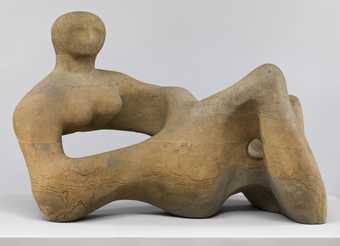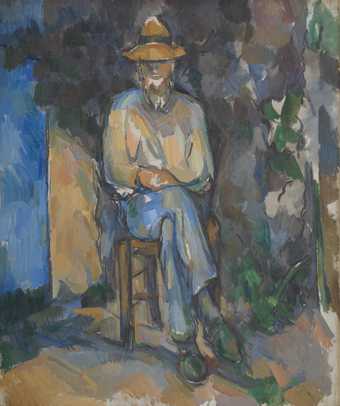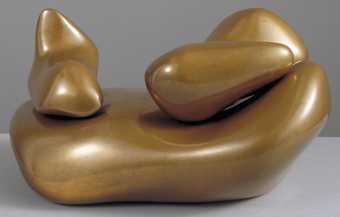
Henry Moore OM, CH
Recumbent Figure
(1938)
Tate
Until the emergence of modern art, when colour became its rival, form was the most important element in painting and was based above all on the human body.
In treating or creating form in art the artist aims to modify natural appearances in order to make a new form that is expressive, that is, conveys some sensation or meaning in itself. In modern art the idea grew that form could be expressive even if largely or completely divorced from appearances. In 1914 the critic Clive Bell coined the term ‘significant form’ to describe this (see formalism). The idea played an important part in the development of abstract art. In 1914 the British pioneer abstract painter David Bomberg wrote: ‘I appeal to a sense of form – where I use naturalistic form I have stripped it of all irrelevant matter…My object is the construction of Pure Form.’ Even space can have form: the sculptor Henry Moore once remarked that ‘A hole can have as much shape meaning as a solid mass’ (See also biomorphic.)



